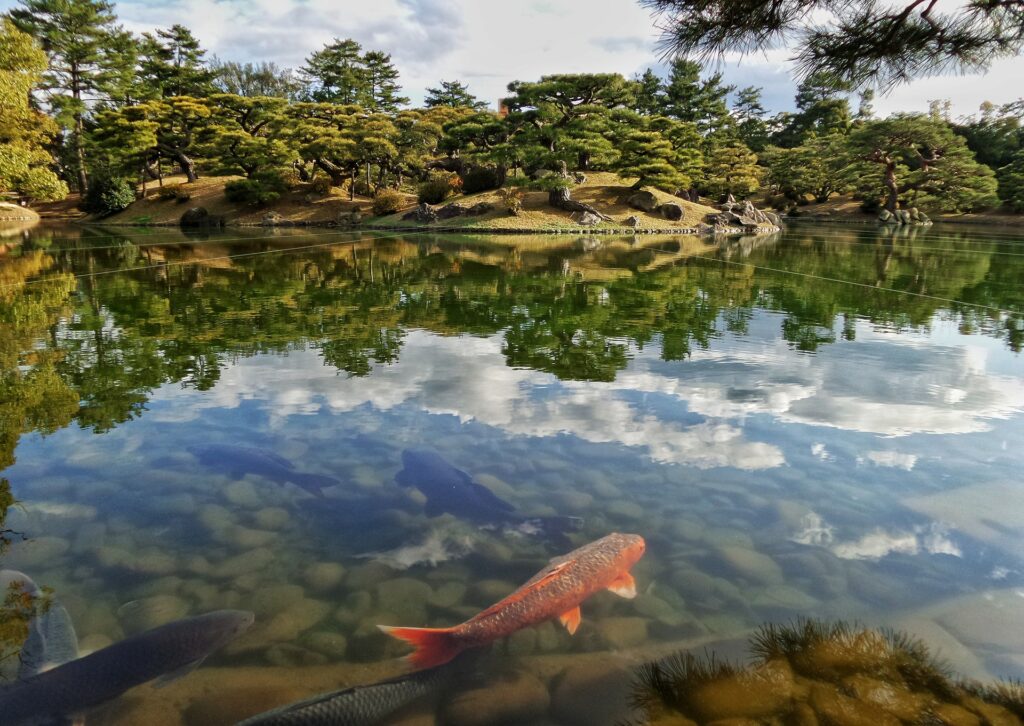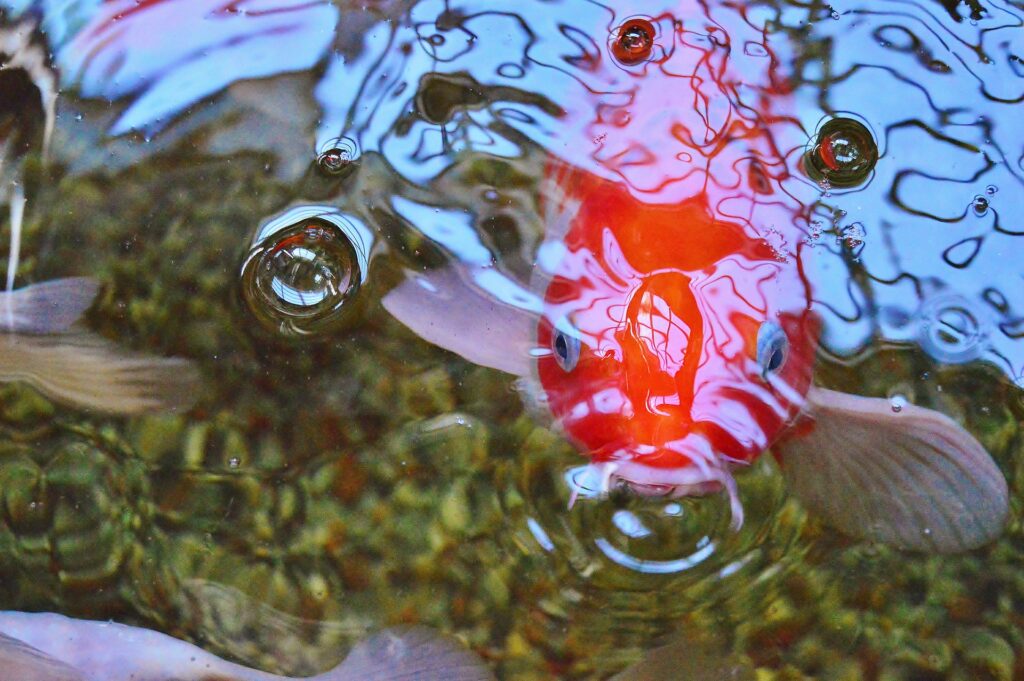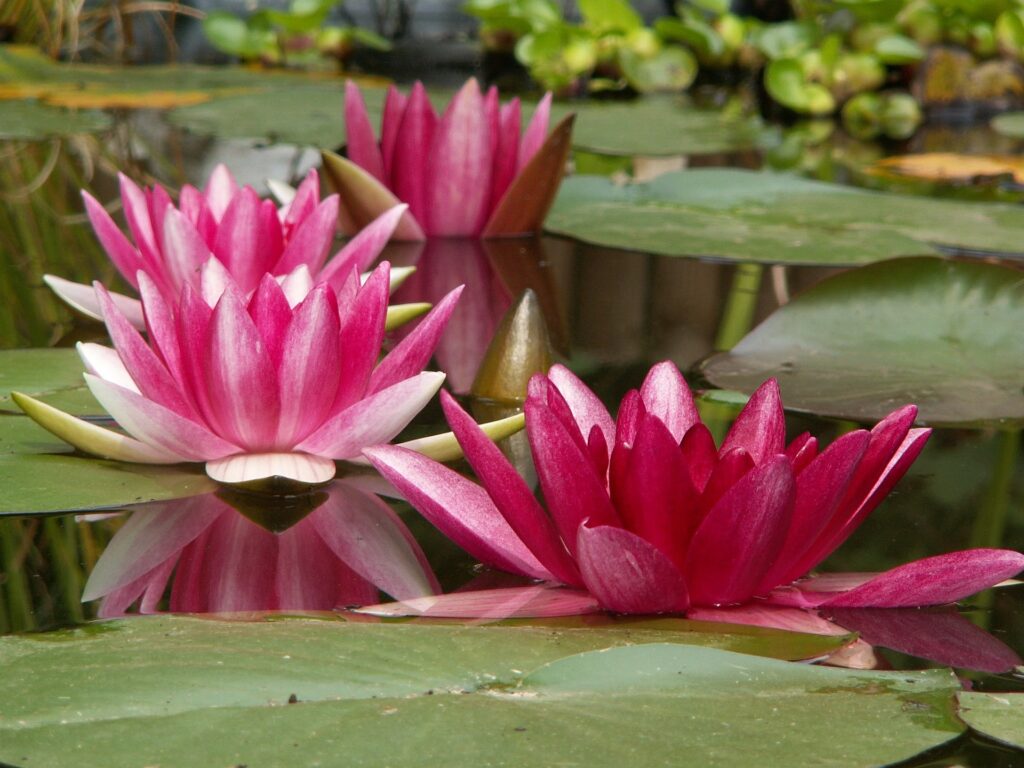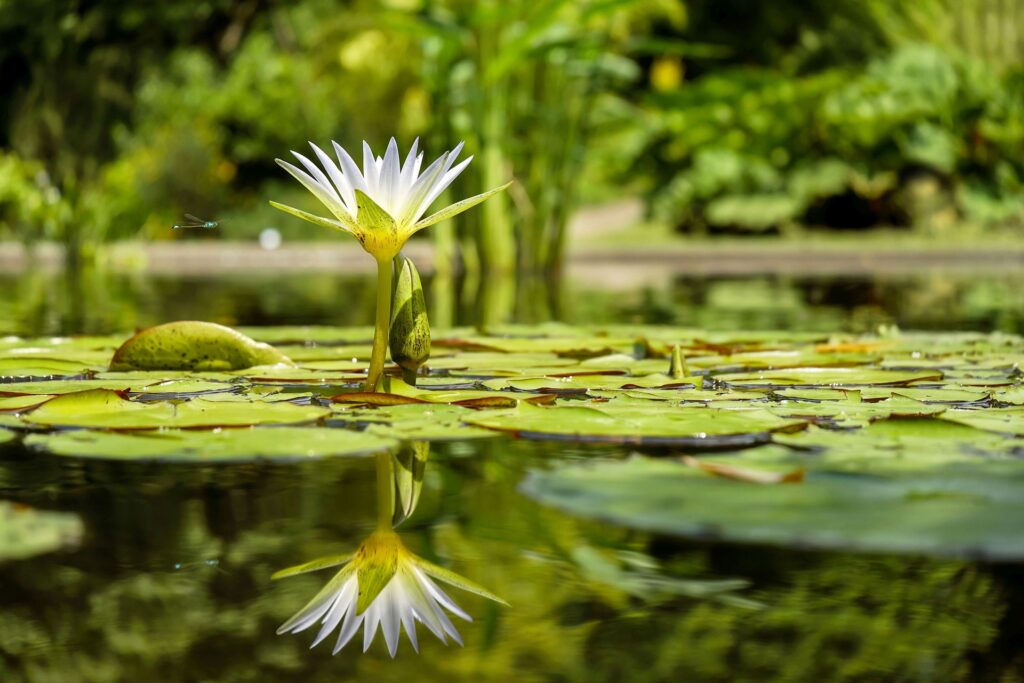How Do You Build A Fish Pond Step By Step is our article where we will be sharing a comprehensive guide on how to build your very own fish pond, taking you through each step with clear instructions and helpful tips. Whether you’re an experienced pond builder or a beginner looking to create a serene aquatic oasis in your backyard, we’ve got you covered.
From selecting the perfect location to adding the finishing touches, we’ll walk you through the entire process, ensuring that you have all the information you need to create a beautiful and functional fish pond. So, grab your tools and get ready to dive into the world of pond building!
Choose a Location
When deciding to build a fish pond, there are a few important factors to consider. First and foremost is the available space. Take into account the size and shape of the area where you plan to build the pond. Make sure it is large enough to accommodate the desired size and shape of the pond you have in mind.
Another crucial consideration is sunlight. Fish ponds generally require a good amount of sunlight to support the aquatic plants and provide the necessary warmth for the fish. Ensure that the chosen location receives adequate sunlight throughout the day.
Additionally, it is important to check for nearby trees or plants that may potentially affect the water quality. Trees can shed leaves and other organic matter into the pond, which can cause issues with water quality and require more maintenance. Look for a location that is relatively free from overhanging trees or plants that may pose a risk to the pond.
Lastly, before proceeding with the construction, it is essential to evaluate the soil. The soil should be suitable for excavation to create the pond. Ensure that it is stable enough to support the weight of the water and any equipment used during the construction process.
Plan the Design and Size
Once you have chosen the location for your fish pond, the next step is to plan the design and determine the size. Consider the different shapes available, such as rectangular, oval, or kidney-shaped, and choose one that appeals to you and fits well within the available space.
In terms of size, take into account both the available space and the desired fish population. The size of the pond should be proportional to the number of fish you plan to have. A larger pond will generally provide more stable water conditions and allow for a greater variety of fish species.
When planning the design, it is also important to consider the depth requirements for different fish species. Some fish may require deeper areas of the pond, while others may prefer shallower sections. By incorporating different depths, you can create a diverse environment that caters to the needs of various fish species.
Don’t forget to include areas for aquatic plants and a filtration system in your design. Aquatic plants not only add visual appeal but also contribute to the overall ecosystem of the pond by providing oxygen and natural filtration. A good filtration system will help maintain water quality and keep the pond healthy for both the fish and plants.
Obtain Necessary Permits
Before you start the construction process, it is essential to check local regulations regarding pond construction. Some areas may have specific guidelines or restrictions in place. Inquire about any required permits or permissions you may need to obtain before proceeding with the project.
By ensuring you have all the necessary permits and are adhering to local regulations, you can avoid any potential legal issues and ensure that your fish pond is built in accordance with the relevant guidelines.

Gather Materials and Tools
To begin building your fish pond, you will need to gather the necessary materials and tools. Depending on the size and complexity of the project, you may require different equipment. Some of the essential items include excavation equipment such as a shovel or backhoe for digging the pond.
You will also need a pond liner or a preformed pond shell to hold the water. These can be found at gardening or pond supply stores. Additionally, you will need rocks, gravel, and sand for decoration and to create a suitable environment for the plants and fish.
A water pump and filtration system are vital for maintaining water circulation and quality. Select a pump appropriate for the size of your pond and the desired flow rate. Aquatic plants and fish are the final components needed to complete your fish pond.
Excavate the Pond
Now it’s time to start building your fish pond! Begin by marking the desired shape and size of the pond on the ground. Take your time with this step to ensure accuracy and precision.
Once the markings are in place, start digging carefully to the desired depth. Remove the soil and create shelves or ledges at different depths to accommodate different plant zones. These shelves will provide areas for aquatic plants with specific depth requirements.
After excavating the pond, it’s important to smooth the bottom and sides. This will help prevent any sharp or rough surfaces that could potentially harm the pond liner or preformed shell.

Install Pond Liner or Preformed Shell
With the excavation complete, it’s time to install the pond liner or preformed pond shell. Carefully place the liner or shell into the excavated hole, ensuring it covers the entire area of the pond.
As you arrange the liner or shell, pay attention to its fit and shape. Smooth out any wrinkles and ensure a snug fit against the sides and bottom of the pond. This will help prevent leaks and maintain the integrity of the pond structure.
If the liner or shell extends beyond the edges of the pond, trim off the excess to create a neater appearance. Be cautious when trimming to avoid cutting the liner or shell too short.

Add Rocks, Gravel, and Sand
To enhance the aesthetics and provide a more natural look, add rocks, gravel, and sand to your fish pond. Start by placing a layer of sand on the bottom of the pond. This layer serves as a cushion for the rocks and also aids in leveling the surface.
Arrange rocks and boulders around the pond to create interesting features and hiding places for the fish. Be mindful of the stability of the rocks and ensure they do not obstruct water flow or pose a safety hazard.
Add gravel around the edges of the pond and in designated plant areas. The gravel helps anchor the plants and provides a suitable substrate for their roots to grow in. Additionally, the gravel acts as a filter, helping to maintain water quality by trapping debris and allowing beneficial bacteria to colonize.

Install Water Pump and Filtration System
A water pump and filtration system are crucial components in maintaining a healthy fish pond. Select a water pump that is appropriate for the size of your pond and the desired flow rate. It is recommended to choose a pump with a built-in prefilter to prevent debris from clogging the pump.
Install the pump in a designated area of the pond, such as near the edge or on a shelf. Connect the pump to the filtration system, which may include a mechanical filter, biological filter, and UV sterilizer. These components work together to keep the water clean, clear, and free from harmful bacteria.
Before introducing fish to the pond, test the system to ensure proper functioning. Check the flow rate of the water pump, monitor the filtration system, and make any necessary adjustments to ensure optimal water quality.

Introduce Aquatic Plants
Aquatic plants play a vital role in keeping the ecosystem of your fish pond balanced. Choose a variety of plants that are suitable for the conditions of your pond, such as water lilies, rushes, or water hyacinths. Consider their sunlight and depth requirements when selecting the plants.
Plant the aquatic plants in designated areas or containers within the pond. Ensure proper spacing between plants to prevent overcrowding, which can hinder their growth and compete for resources. Allow adequate room for the plants to spread out and flourish.
Remember to regularly maintain the plants by removing any dead or decaying foliage. This will help keep the water clear and prevent excessive nutrient buildup.
Add Fish to the Pond
Finally, it’s time to introduce fish to your newly built fish pond! Select fish species that are suitable for the size and water conditions of your pond. Examples include goldfish, koi, or guppies. Research the specific needs and compatibility of different fish species before making your decision.
When adding fish to the pond, it is important to do so gradually. This allows the fish to acclimate to their new environment, reducing stress and improving their chances of survival. Avoid overcrowding the pond, as this can lead to poor water quality and stress-related issues for the fish.
Regularly monitor water quality parameters such as temperature, pH levels, ammonia, and nitrate levels. Keep an eye out for any signs of distress or disease in the fish, as early detection allows for timely intervention and treatment. Provide appropriate fish food and maintain a balanced diet to ensure their overall health and well-being.
How Do You Build A Fish Pond Step By Step
Building a fish pond can be a rewarding and enjoyable project for any fish lover. By following these step-by-step instructions and considering the various factors involved, you can create a beautiful and thriving aquatic habitat right in your own backyard. Happy pond building!
Hopefully we covered all the bases here for you to get started on your own pond, if you need any further advice, please take a look at ‘What Is The Most Important Part Of A Fish Pond‘.
